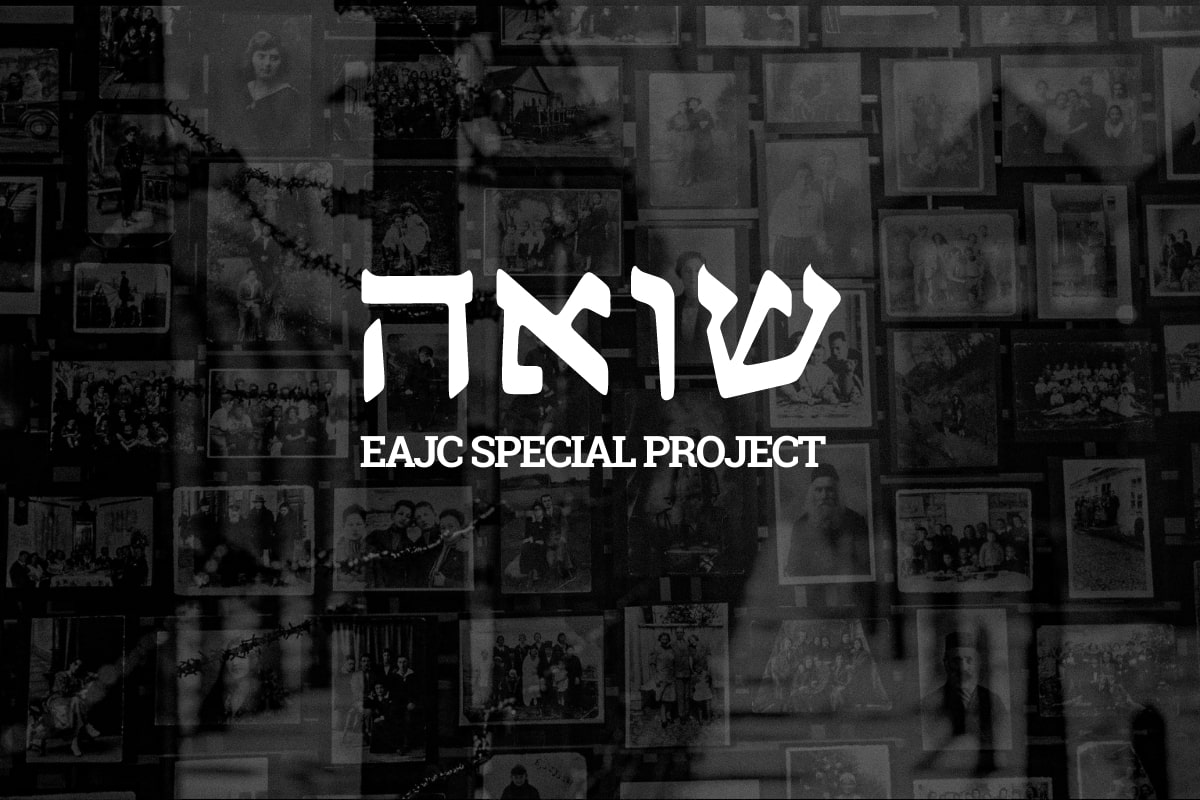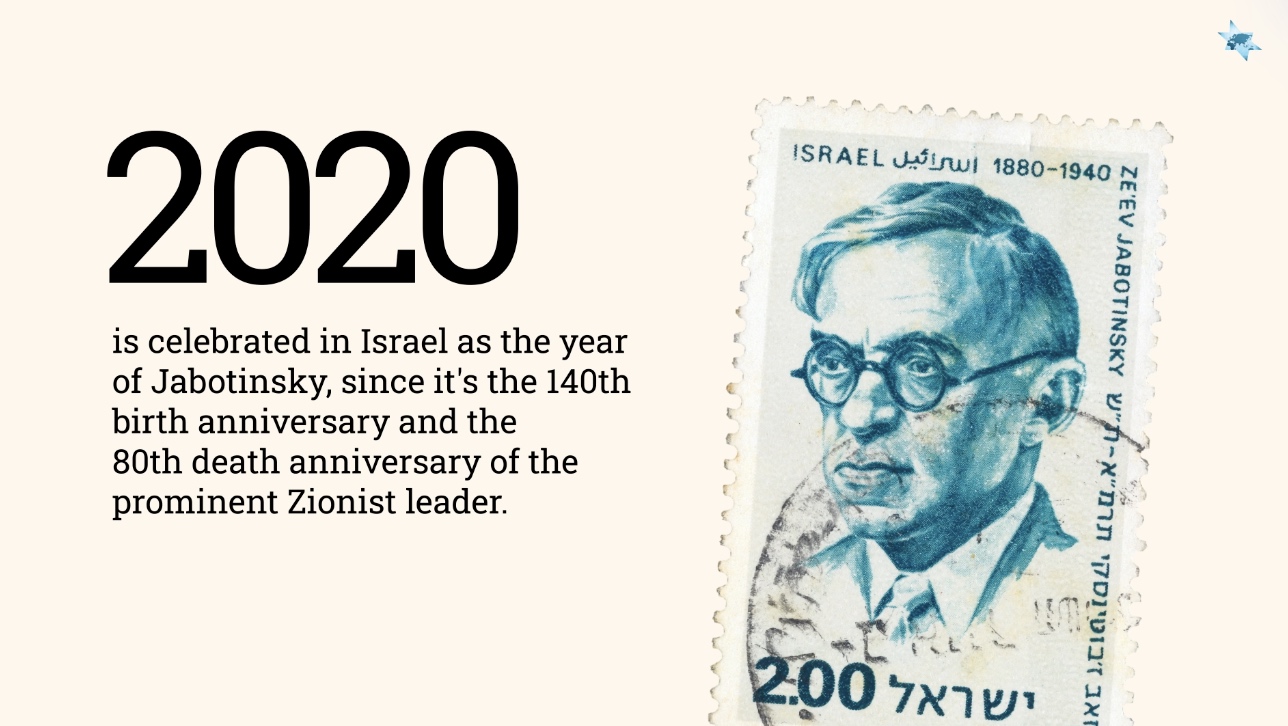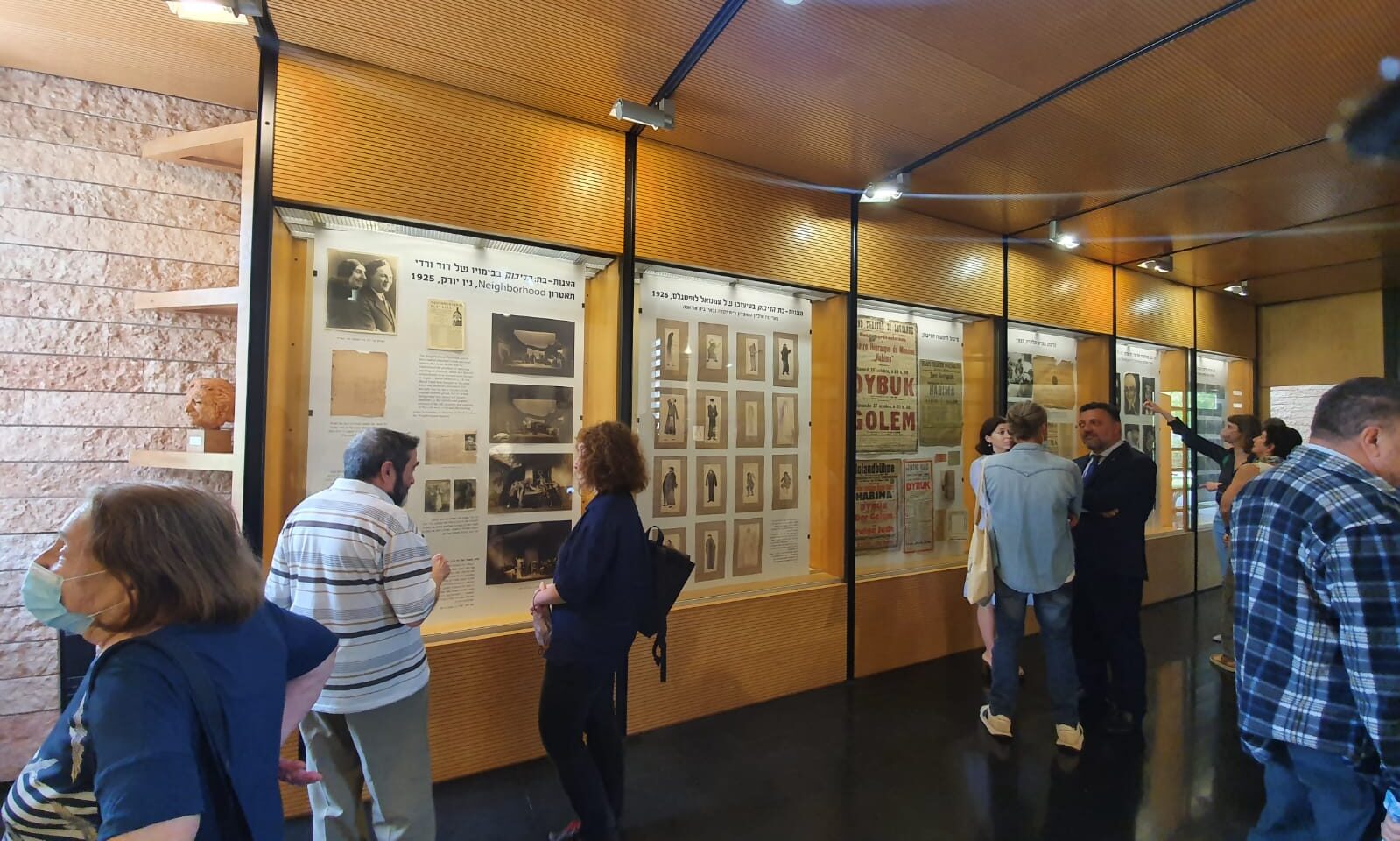An exhibition dedicated to the 100th anniversary of the “Hadibuk” play was opened in Tel Aviv
The Museum of Judaica at Tel Aviv University (TAU) hosted the official opening of the exhibition ‘Wanderings of Hadibuk’, organized with the support of the Euro-Asian Jewish Congress (EAJC). The exposition was prepared by the Judaica Museum in cooperation with the Israel Documentation Center for Performing Arts at TAU. It is dedicated to the 100th anniversary of the Hadibuk premiere on the stage of the Vakhtangov Theater in Moscow. The full history of the legendary play: from premieres in the Soviet capital and foreign tours of the 20-30s to its incarnation on the modern Israeli stage – is presented at the exhibition.
As part of the opening ceremony, the curator of the exhibition, Dr. Olga Levitan, the artist of the exhibition, Dina Konson, and the playwright and theater historian, Dr. Boris Entin from the Gnazim Institute, spoke to the audience. The exhibition ‘Wanderings of Hadibuk’ is the final event in a series dedicated to the 100th anniversary of the Hadibuk premiere, that were held in cooperation with the Hebrew University in Jerusalem and the University of Haifa.
The exhibition was opened on the eve of the Israeli Holocaust Remembrance Day. From perspective of the exhibition organizers, this coincidence emphasizes its symbolism. It is a unique opportunity to get acquainted with the Jewish culture of Eastern Europe, crossed out by the terrible events of the Holocaust. The author of the Hadibuk Semyon An-sky sought to preserve the heritage of this culture by fixing the unique materials obtained during ethnographic expeditions to Jewish places in the Pale of Settlement. His play eventually became a truly hallmark of the Jewish theater. Unique artifacts, sketches and scripts, costumes and photographs – all this can be seen at the exhibition.
It is available from Sunday to Thursday, opening hours: 8:00 – 14:00. The admission is free.
The theater-studio Habima was founded in Moscow in 1917 thanks to the fiery enthusiasm of the actor and director Nahum Tsemakh with the direct assistance of K.S. Stanislavsky. Habima was called the Bible Studio of the Moscow Art Theatre. The first artistic director of the theater, that performed in Hebrew, was Evgeny Vakhtangov.
Hadibuk became a flagship of the theater. The play, staged by Evgeny Vakhtangov in January 1922, only 4 months before his death, brought Habima world fame. Not knowing Hebrew, Vakhtangov managed to create a universal phantasmagoric language, which impressed the audience in Moscow, Europe and America.







